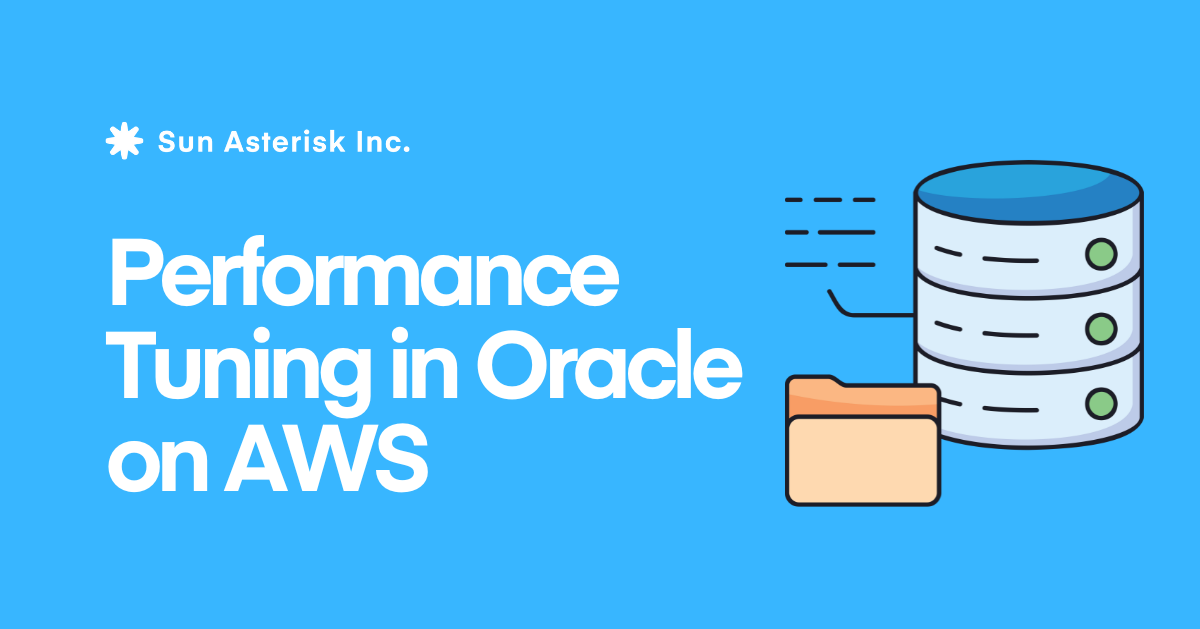From five-hour waits to fifteen-second wins — because tactical engineers don’t guess, they tune.
Our Monday mission: Performance tuning in Oracle on AWS
Support tickets were piling up, execs were staring at burn rates, and a single business-critical query in our Smart-Invoice flow was taking five hours — stalling queues and slowing downstream services. When AWS power wasn’t enough, we found our client facing slow queries choking the app tier, a central Oracle bottleneck throttling throughput, and rising costs from an overworked database.
Tools don’t solve problems—engineers who read them right do.
How we solved it: 8 weeks, one mission
The client needed a breakthrough. And we needed a plan so solid it would inspire confidence. So we rolled up our sleeves and launched what we like to call The 8-Week Plan, One Mission.
Phase 1: Diagnose
- Pulled AWS Performance Insights and CloudWatch to locate hot spots and wait events
- Tore through Oracle AWR to isolate bad plans, full scans, and row-by-row anti-patterns
- Wrote a plain-English impact brief so business and engineering agreed on pain and priority.
Geek aside: some execution plans read like SQL creepypasta – full table scans where selective indexes should’ve danced.
Phase 2: Targeted fixes, no heroics
- SQL surgery: trimmed predicates, added selective filters, killed Cartesian joins
- Index strategy + caching layer: fast lanes for hot paths; fewer round-trips to Oracle
- Real-time visibility: dashboards so the client saw numbers move, not just our smiles
Phase 3: Prove it before production
- Staging load tests that mirrored peak traffic
- Before/after comparisons from the same AWS/AWR sources (no moving goalposts)
- A maintenance plan (plan-baseline snapshots, plan drift alerts, monthly AWR reviews)
Technologies we used
Diagnostics
Optimization
Monitoring & Maintenance
Key takeaways
If you’re wrestling with Oracle performance issues — or any system bottleneck — here are the 3 principles that made all the differences: Diagnose precisely - Measure objectively - Bring the stakeholders along (a clear, evidence-based plan builds trust faster than any pitch deck).
What changed in production (and why it’s credible)
- Runtime: 5 hours → 15 seconds (same data shape, same business logic)
- Stability: timeouts vanished on the critical path; backlog cleared
- Efficiency: fewer wasted cycles, lower incidental compute, saner bills
- Trust: stakeholders could see health via dashboards instead of waiting for complaints.






